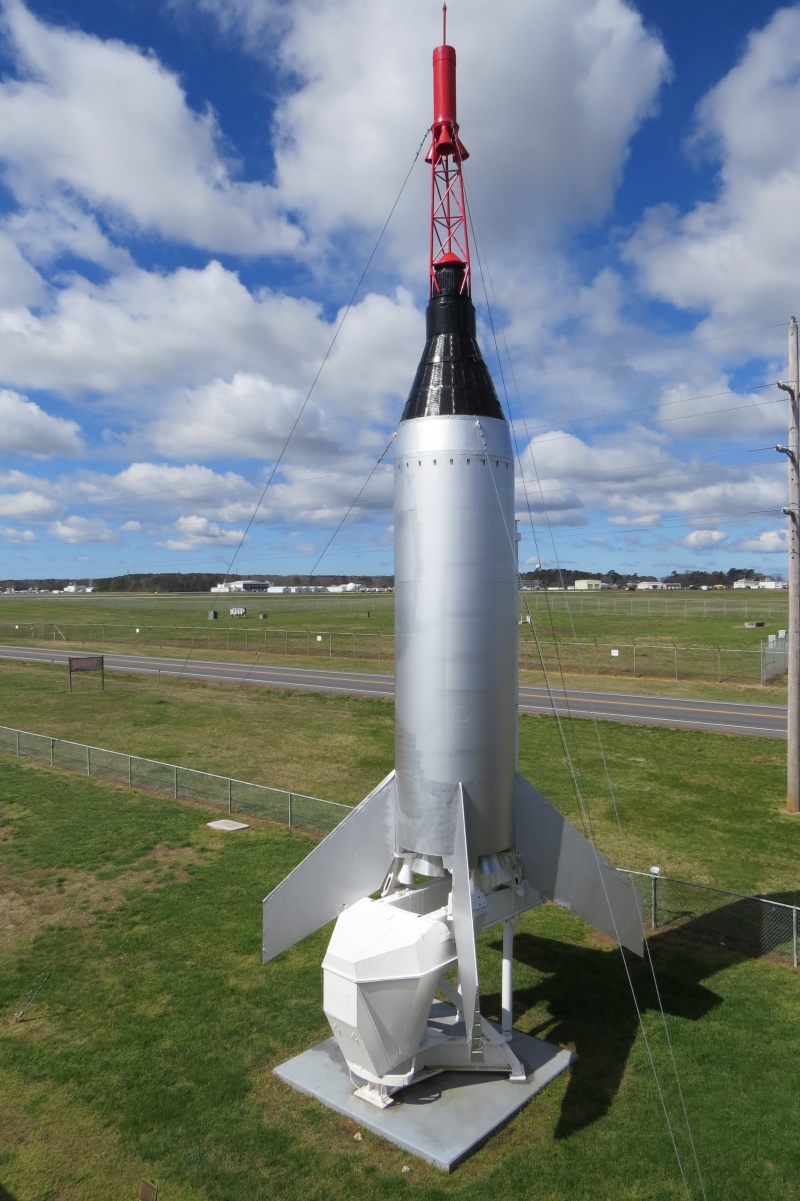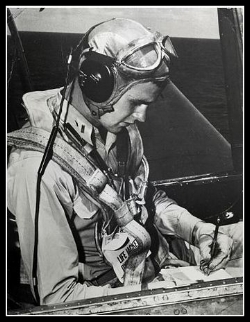Wallops Island – NASA, NOAA and Lotsa Rockets
/While heading to Chincoteague last weekend, we saw a sign for “Low Flying Aircraft”. I always wonder whether they expect us to duck or exactly what we're supposed to do if we meet head on with an approaching aircraft.
Soon after the sign, we passed the NASA Visitor's Center at Wallops Island. It was actually the rocket staged in front of the building that caught our eye. With an abrupt stop, a barely audible screeching of tires and a subsequent u-turn, we parked outside the center and headed in to check it out. It was well worth the effort. Who knew what all was going on here? Certainly, not us.
The staged rocket caught our eye as we whizzed past the NASA Visitor's Center
Turns out that the rocket propped up in front of the complex is Little Joe, the rocket used to test the Mercury spacecraft prior to manned flight. Monkeys Sam and Miss Sam were launched from the Wallops facility using this rocket vehicle.
According to information in the center's exhibit area, “Wallops is NASA's most active launch range, conducting more than 15,000 rocket missions since 1945.” In actuality, I read that the total launches now exceed 16,000 rocket missions! Pretty impressive, considering we'd never even heard of the place. Not only can you view the launches from nearby, but you can check the launch schedule and stream the launches live.
George H. W. Bush c. 1944
In addition to rocket launches, the facility also conducts extensive scientific research balloon studies, and flight testing of research aircraft and unmanned aerial vehicles is performed there. Navy pilots also train here for aircraft carrier landings. It's a busy place. One claim to fame is that George H.W. Bush was stationed here during WWII and reportedly “got in trouble for "buzzing" the house of a young woman he had met at a dance.” Oh, George, you rascal!
There was so much to absorb, it was nearly overwhelming. For instance, do you have any idea just how many moons Saturn has? or the type and extent of research done by scientific balloons? Or the fact that though we can only see three galaxies with the naked eye, but astronomers now believe there are more than a 100 billion galaxies out there. Did you know any of this? Neither did we … such astonishing stuff
From the observation deck on top of the Visitor's Center, we could look out over the marshlands towards Chincoteague and Assateague Islands and also check out the different types of rockets that have launched from the Wallops Flight Center, just across the street.
The view from the top of the observation deck was great ... but cold and windy.
NOAA's Wallops Command and Data Acquisition Station is one of two such facilities in the USA … the other is located in Fairbanks, Alaska. According to their brochures, whenever you see weather pix on the news from the USA or around the world, “you're seeing data collected and processed by the Wallops facility. The Station acquires, maintains and distributes a continuous flow of meteorological satellite data and executes spacecraft commands 24x7.”
This ended up being an unexpectedly informative stop. In our estimation, a very positive example of our federal tax dollars at work.











